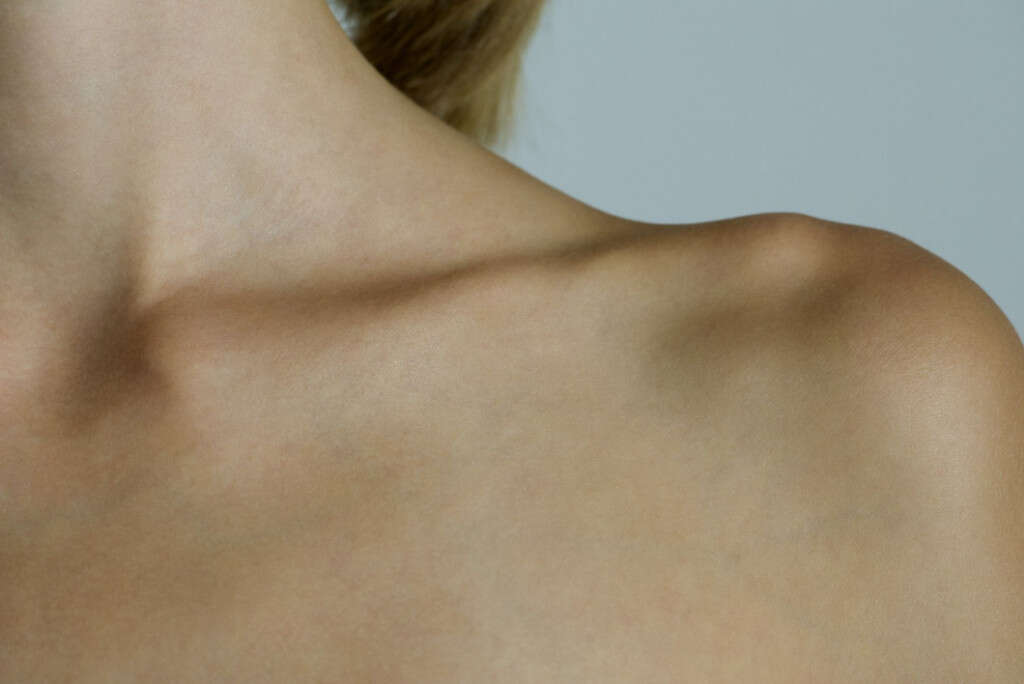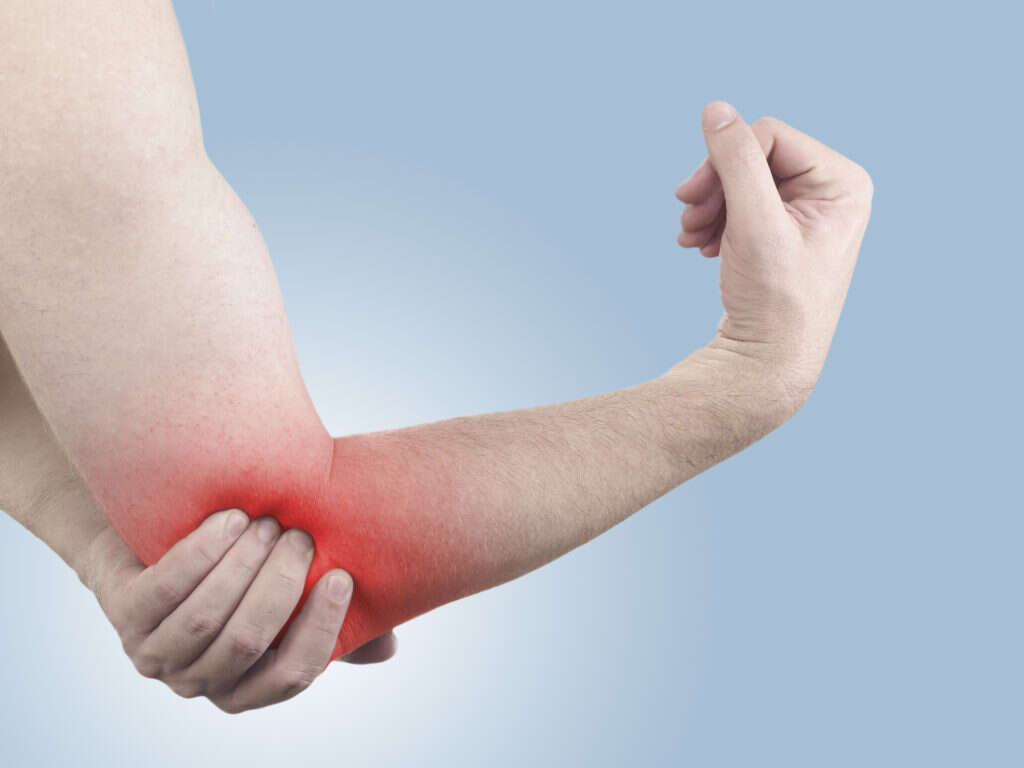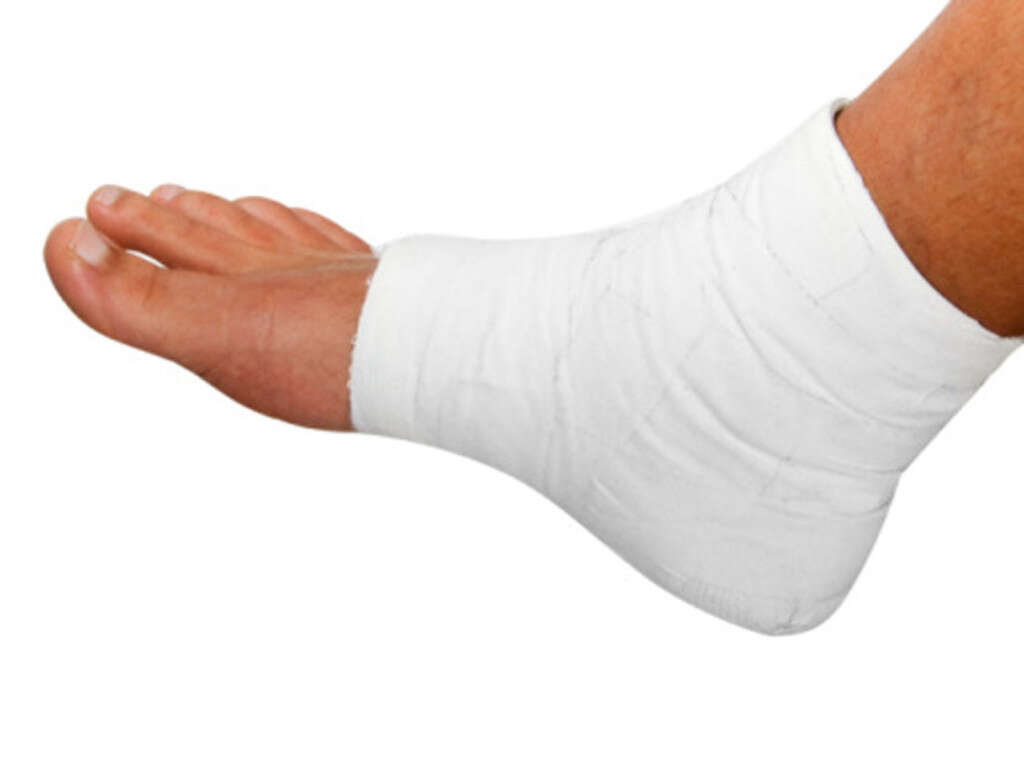10 Broken Collar Bone Symptoms
The collar bone, also known as the clavicle, connects the shoulder joint to the sternum. It helps to provide support, allowing for flexibility and strength. It is fairly exposed, however, and relatively thin, meaning it is prone to injury. It is not uncommon for sports people to break this bone due to impacts.
When this bone does break, it will usually break downward due to the direction of the force that is usually responsible. Regardless of how it breaks, it is still likely to be very painful and emergency medical assistance will be required.
In the vast majority of cases, the patient will make a full recovery within 6–8 weeks. Below are 10 symptoms that a person who has broken their collar bone should look out for.
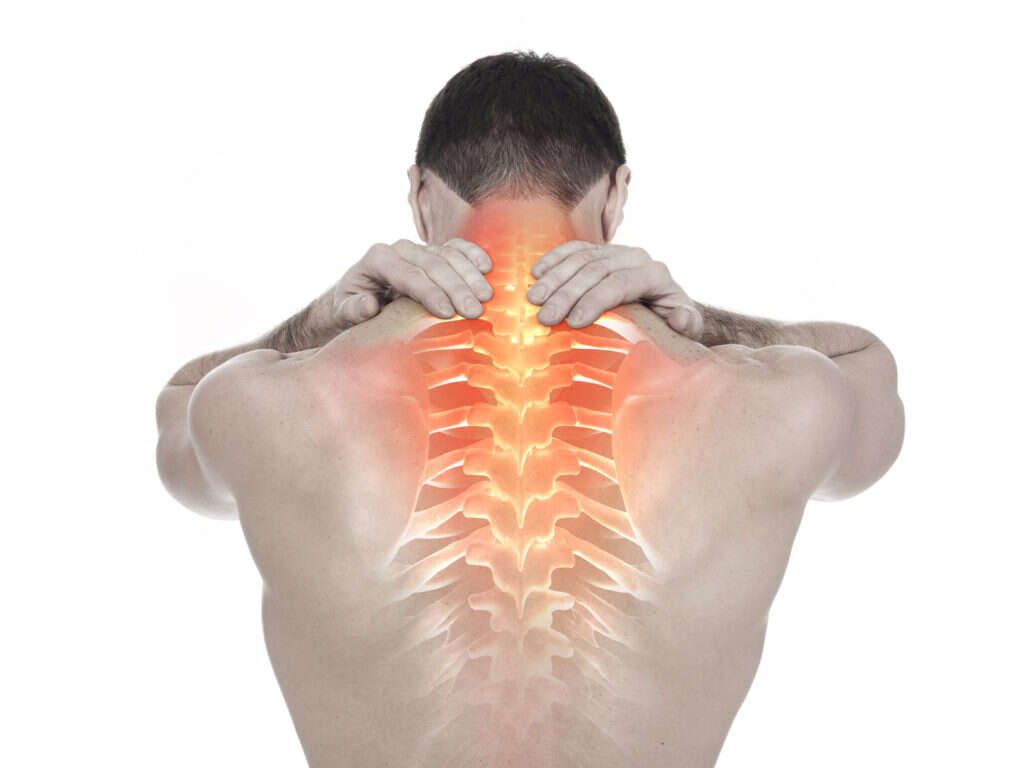
Symptom #1: Pain
Pain is far from a pleasant experience, but it is a necessary one. Without it, we could do harm to ourselves and we would not do anything to remedy the problem. Pain is a kind of alarm to tell us that something is wrong. Such information is still likely to be of little consolation to those experiencing it, though.
If you break your collar bone, then you are going to know about it. A broken bone of that nature is going to cause considerable discomfort with many people left writhing in agony. The pain will subside in time, and medical professionals may be able to give you something to ease the pain.

Symptom #2: Sagging Shoulder
The bones in our skeleton help to give us support. Without them, we would simply flop to the ground under the force of gravity. If any bone in the body was to break then it would no longer be able to provide support as well as it usually would. The collar bone is no exception.
Patients with a broken collar bone are quite likely to find that their shoulder is sagging forward and to the side. This is because the collar bone is no longer able to keep it in position. The shoulder should still stay in place otherwise, though, held there by muscle, sinew, and other tissues.
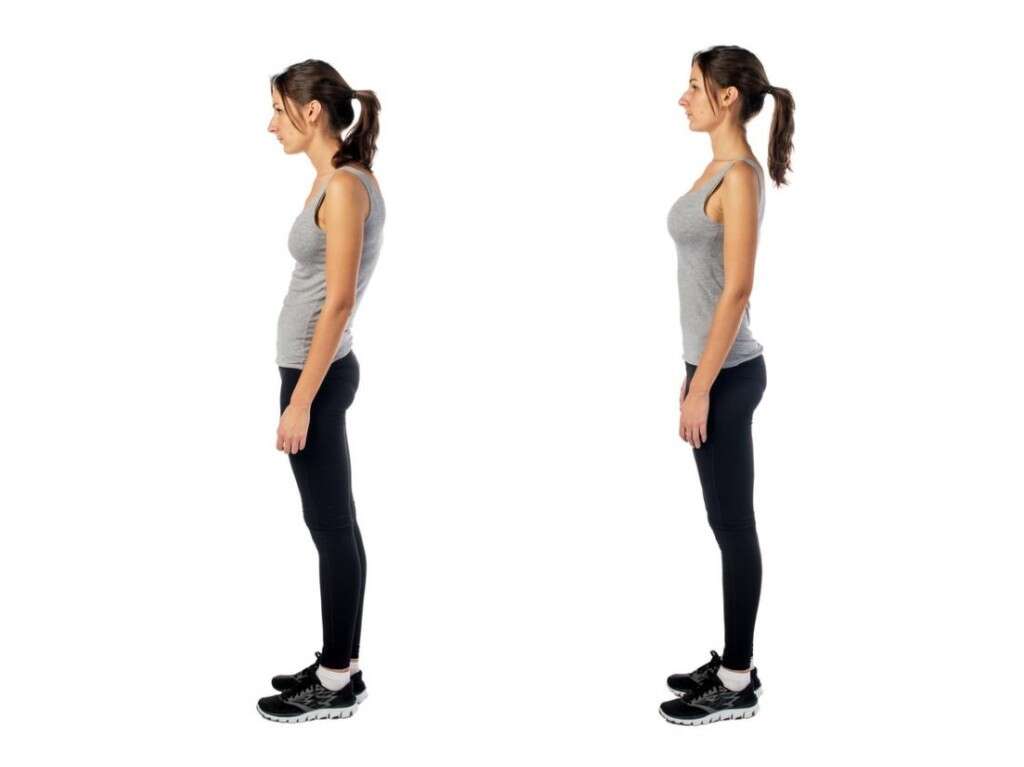
Symptom #3: Grinding Sensation
Our joints usually move quite smoothly. Joints contain fluids that help to keep everything well lubricated and the soft cartilage helps to act as a cushion. This means that everything usually moves quite smoothly with little friction involved. However, this can all change if a bone is broken.
If a bone breaks, then you may be left with two jagged edges at the point of the break. These are not lubricated and will have no cushioning barrier between them, so there is a good chance that they will come into contact with each other. This can lead to an unpleasant grinding sensation when the patient tries to move their arm.

Symptom #4: Swelling
A broken bone will need repairing and our bodies will instantly set the repair process into motion. This means setting up an emergency zone in the area of the break with emergency supplies being transported to the area. This results in a swelling around the break as fluids are sent carrying repair materials and white blood cells.
The body reacts quite quickly to injuries, so you should expect the swelling to occur almost immediately. It will gradually continue to swell and the overall swelling will depend on the extent of the injury. After a while, the swelling will begin to recede as emergency supplies are withdrawn from the area.
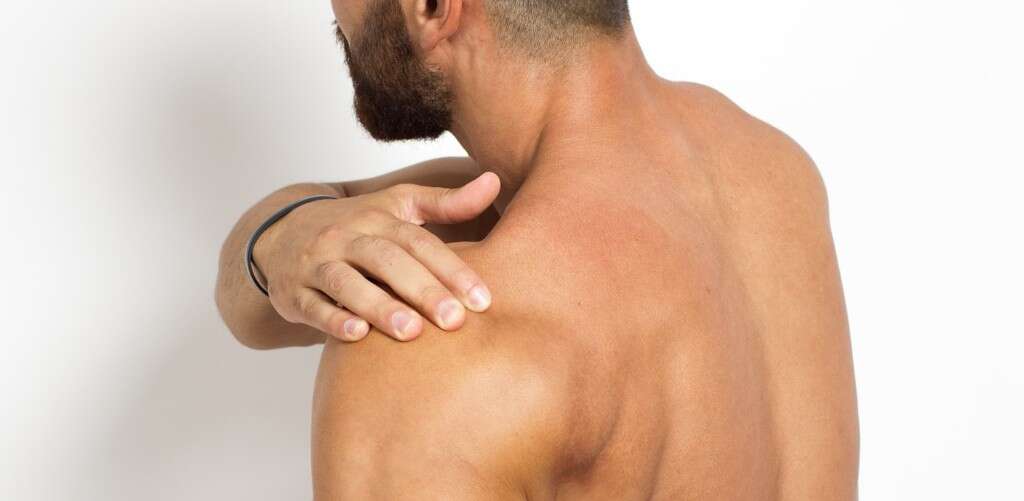
Symptom #5: Bruising
When we cut ourselves, blood will generally leak out from the body. At least until the hole is patched up by the blood clotting. Blood vessels can also become damaged inside the body, though, and this will also lead to blood leaking out. In such cases, the leaked blood will begin to collect within the body until the leak can be plugged.
When this occurs just beneath the surface of the skin, we can often see these patches of pooled blood from the surface. This creates dark patches in what is commonly known as bruising. Such bruising can occur if the collar bone is broken.
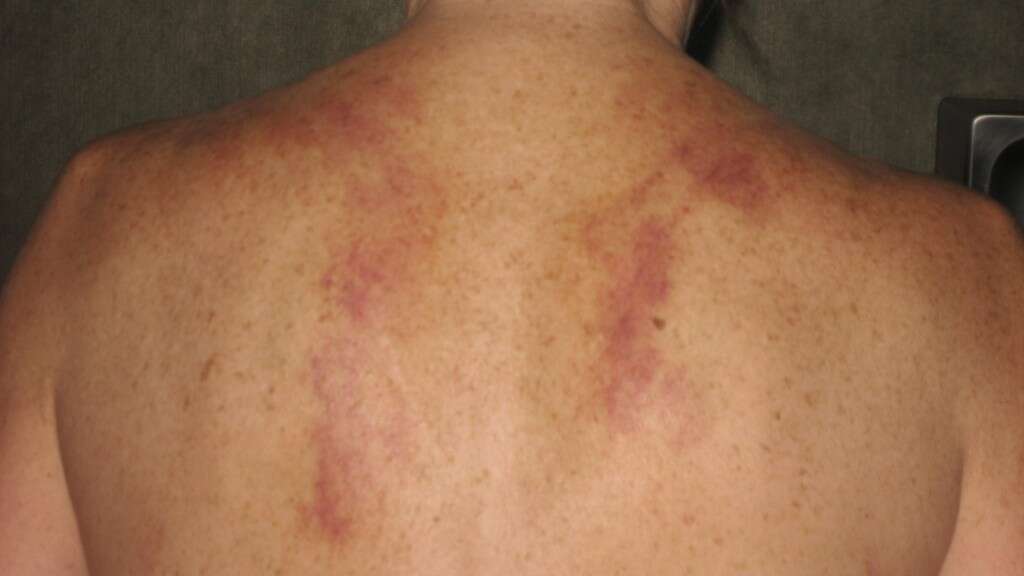
Symptom #6: Pins and Needles
The collar bone, although prone to injury, is still quite tough. That means that any blow that has been significant enough to break the bone is also likely to have caused other damage in the area. This can mean muscle, skin, blood vessels, and nerves.
If you have damaged nerves then it can affect your body’s ability to touch and feel. Considering the location of the collar bone, nerve damage in the area is likely to affect sensations in that arm. This can mean pins and needles while the patient might also experience some numbness. It’s a symptom that medical professionals should always be made aware of.
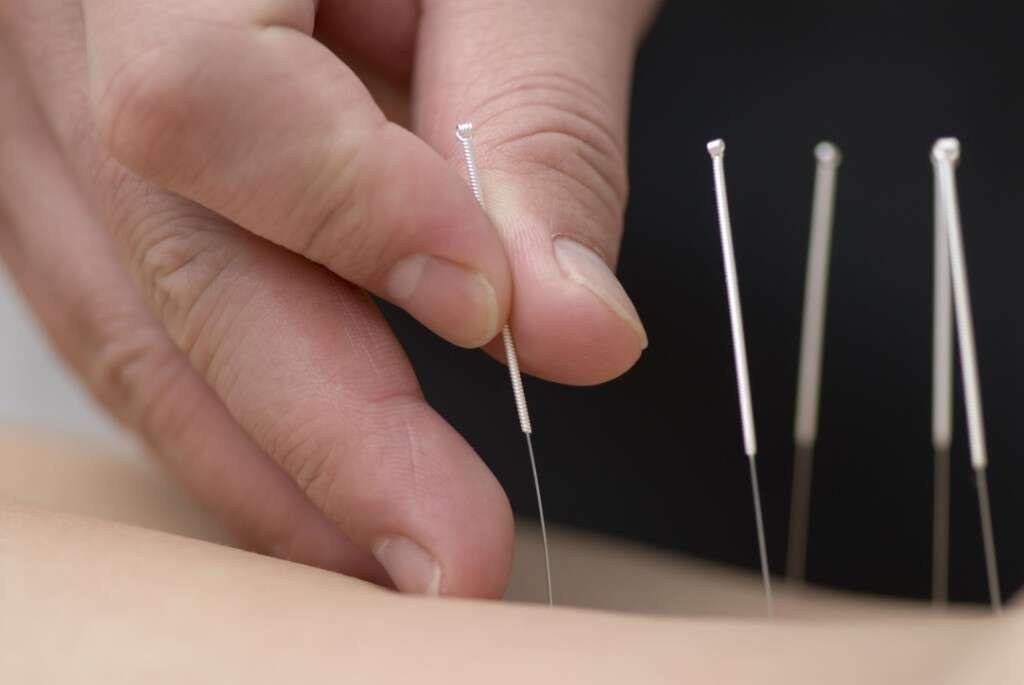
Symptom #7: Tenderness
A broken collar bone is going to be painful, that much is clear. In addition to the pain, you will also likely experience a tenderness if you were to touch the area. In addition, it is also likely to be visibly red.
You are unlikely to want to touch the area anyway, but a medical professional may need to in order to help. Remember to leave any treatment only to the professionals unless you have no other choice. The wrong move might cause more damage and this might make a full recovery less likely.

Symptom #8: Immobility of Shoulder
The shoulder joint is quite flexible and strong. In addition to bone, there is also cartilage and muscle that helps keep it together and helps it to move. Still, a break of one component may cause the whole joint to become immobile. If you have broken your collar bone then you may not be able to move your shoulder at all.
Regardless of ability, you should not really try to be moving your shoulder anyway. Doing so might cause further damage so it is best to keep it as still as possible. If an ambulance is on the way, just stay as still as possible until it arrives.
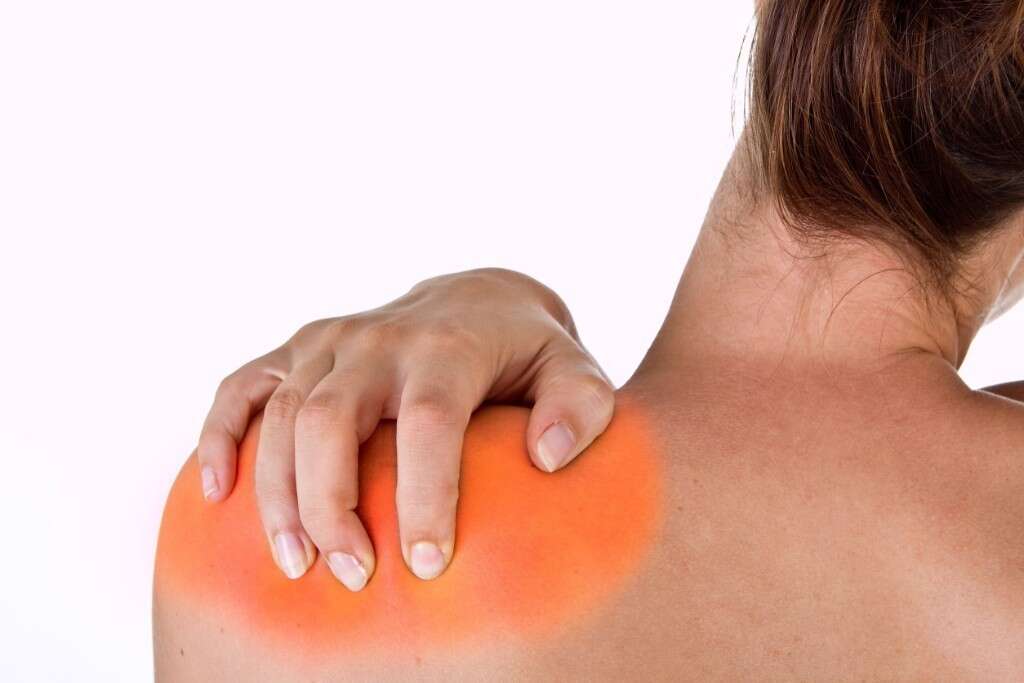
Symptom #9: A Bump
Bones are usually fairly even, even though some can be quite curved. We don’t usually expect to see any bumps except maybe at the ends of certain bones where they form joints with others. If you do see a bump where there shouldn’t be one, it could be a sign of a break.
In addition to the swelling and other symptoms, there may be a visible bump in the area. This is likely to happen if the bone has been broken upward, causing it to be raised. In this case, medical experts are likely to need to set the bone in its proper position so that it is able to heal as it should.
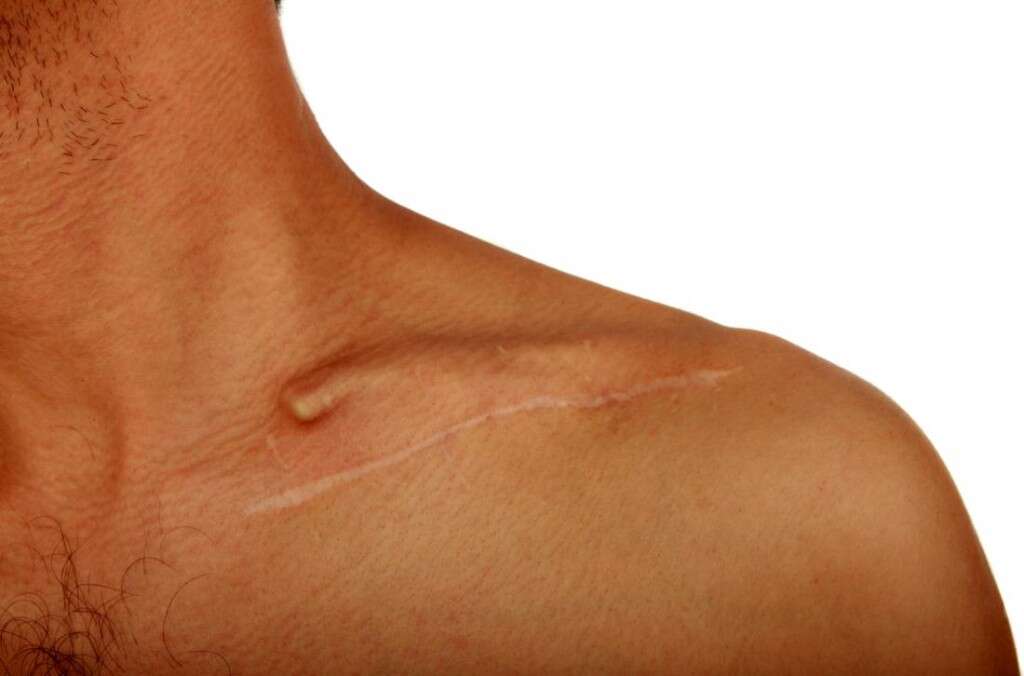
Symptom #10: Broken Skin
One of our skin’s main functions is to keep everything in. This means that if anything is sticking out, then something is quite wrong. Having said that, if you were to see a bone sticking out of the skin, it’s not likely you would need to be told that something is not right.
The collar bone is quite close to the skin so it can sometimes break through the surface. This does not happen often, partly because it is usually broken downward. It is something that should definitely be seen to as soon as possible because of the increased risk of an infection.
